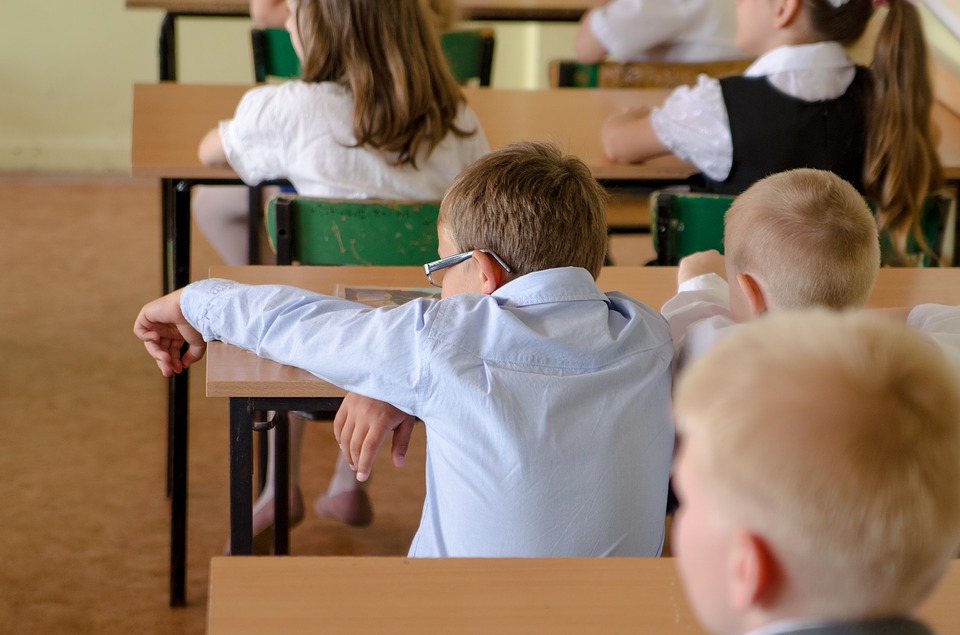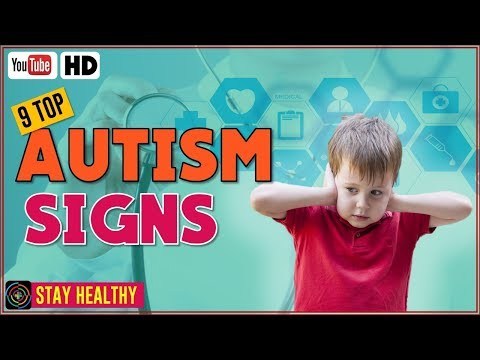
What are the signs of autism in school children?
The main features of autism are problems with social communication and interaction.
See your GP or health visitor if you notice any of the following signs of autism in your child or if you’re concerned about your child’s development.
Spoken language
preferring to avoid using spoken language
speech that sounds very monotonous or flat
speaking in pre-learned phrases, rather than putting together individual words to form new sentences
seeming to talk “at” people, rather than sharing a two-way conversation
Responding to others
taking people’s speech literally and being unable to understand sarcasm, metaphors or figures of speech
reacting unusually negatively when asked to do something by someone else
Interacting with others
not being aware of other people’s personal space, or being unusually intolerant of people entering their own personal space
little interest in interacting with other people, including children of a similar age, or having few close friends, despite attempts to form friendships
not understanding how people normally interact socially, such as greeting people or wishing them farewell
being unable to adapt the tone and content of their speech to different social situations – for example, speaking very formally at a party and then speaking to total strangers in a familiar way
not enjoying situations and activities that most children of their age enjoy
rarely using gestures or facial expressions when communicating
avoiding eye contact
Behaviour
repetitive movements, such as flapping their hands, rocking back and forth, or flicking their fingers
playing in a repetitive and unimaginative way, often preferring to play with objects rather than people
developing a highly specific interest in a particular subject or activity
preferring to have a familiar routine and getting very upset if there are changes to their normal routine
having a strong like or dislike of certain foods based on the texture or colour of the food as much as the taste
unusual sensory interests – for example, children with ASD may sniff toys, objects or people inappropriately




